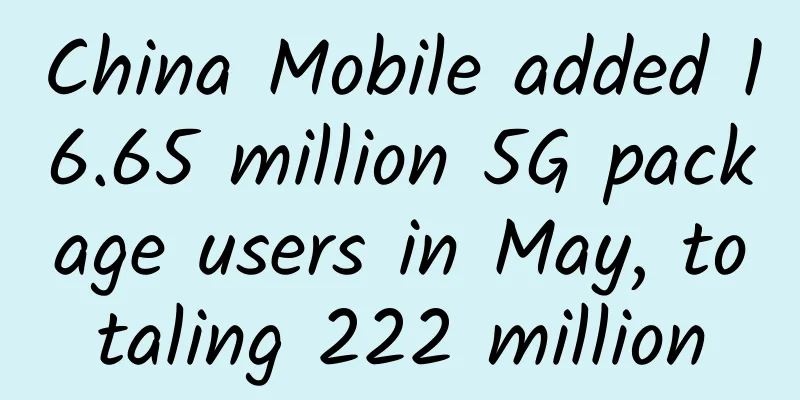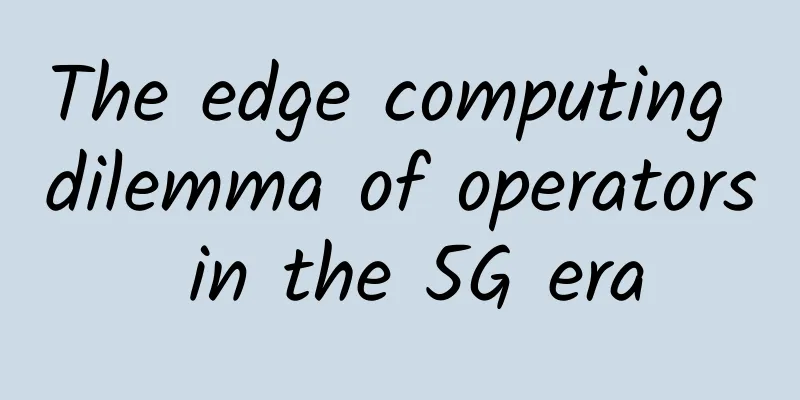Key 5G limitations facing enterprises

|
As interest in 5G cellular technology grows, enterprises should also consider 5G limitations as they plan for 2020 and beyond. Although 5G technology offers a significant expansion of today’s cellular infrastructure, the technology also has drawbacks, including the following:
1. To take advantage of the full 5G capabilities, 5G devices need to be deployed on both ends of the connection. On the client side, 5G phones or 5G IoT devices are needed for mobile communications. On the operator side, 5G antennas and infrastructure are needed. On the mobile phone side, Android smartphones have a 5G advantage because several 5G phones are already available. However, there is no 5G iPhone yet, and this may not change for some time as Apple phone designs shift between 5G modem manufacturers. 5G IoT devices are also starting to be launched. However, as smartphones transition to 5G, many IoT vendors will see 5G giving up 3G and 4G spectrum for IoT, and IoT will have more freedom in the low-speed bands of 3G and 4G. 2. Proximity is another disadvantage that businesses must consider. 5G uses millimeter wavelengths, which are smaller than 3G and 4G, and they do not travel very far. Although 5G coverage is smaller, 5G signals can carry more data. To overcome this limitation, operators are planning larger antenna networks to provide adequate coverage. For businesses looking to take advantage of 5G technology, they should investigate their operator's 5G coverage map. Currently, operators are starting pilot projects, but coverage is limited to a few urban areas; this will expand over time as large-scale deployments begin. 3. Rural and remote areas may not see 5G service anytime soon. While 5G applications abound in areas such as agriculture and mining that require remote access, operators may find that it is not cost-effective to deploy 5G in certain remote areas. However, remote deployments may also occur if large customers are willing to help cover the costs, or if existing wired backhaul already exists. 4. Early purchases of 5G services may initially incur a premium as operators attempt to offset the significant capital investments in these new technologies. 5G deployment costs will be high, so operators may segment the market early to optimize their short-term revenues. Ultimately, however, broader competitive pressures will force operators to lower 5G prices to remain competitive. 5. Finally, 5G will have a different security model than 3G and 4G, and it will include new security features. The good news for enterprises is that the carriers will handle most of this deployment. However, for enterprises building network services on 5G cellular networks, they should understand these new security models, which is critical to ensure that they build fully secure services. While 5G limitations are clear, the long-term advantages of 5G will outweigh the disadvantages. And, overall, 5G will open up new opportunities for businesses to become more agile and competitive over time. |
<<: ICMP protocol full analysis
>>: Three wireless LAN positioning technologies: Wi-Fi, Bluetooth and UWB
Recommend
spinservers VPS 50% off in July, San Jose 2G memory package starts at $7/month, optional mainland optimized network
spinservers is offering a 50% discount coupon for...
How Open RAN and 5G impact sustainability
Mobile service providers, infrastructure manufact...
How can operators make full use of SDN?
When talking to communications service providers ...
No wonder 4G is faster than 5G now. The secrets of 4G you don’t know
I don’t know if you have noticed that it is obvio...
Sharktech: 10Gbps unlimited traffic high-defense server starting from $329/month, data centers in Los Angeles/Denver/Chicago/Netherlands
Sharktech (also known as Shark Data Center, SK Da...
15 Best Practices for Fiber Optic Cable Installation in Data Centers
CABLExpress recently released its latest Fiber Op...
Introduction to TCP/IP Network Model
TCP/IP Network Model The TCP/IP model is the foun...
How does your domain name become an IP address?
[[420883]] This article is reprinted from the WeC...
On the "Kung Fu" of IT Operation and Maintenance
One day, Master Ma was walking on the street and ...
Traffic scheduling: DNS, full-site acceleration and computer room load balancing
We have learned about how to deal with traffic pr...
5G standards usher in new upgrades, driving development into a new stage
Industry development starts with standards. On th...
Huawei Cloud Solution Selection Competition and Cloud Migration Competition are in hot selection, looking for excellent solutions and talents
[51CTO.com original article] At the beginning of ...
Why does the TCP protocol have a sticky packet problem?
The TCP/IP protocol suite establishes a conceptua...
5G is not about mobile phones, but about the Internet of Things.
[[321085]] Recently, new infrastructure has conti...
How did Huawei Cloud become a public cloud leader after just over a year in the market?
[51CTO.com original article] Huawei Cloud has amb...









